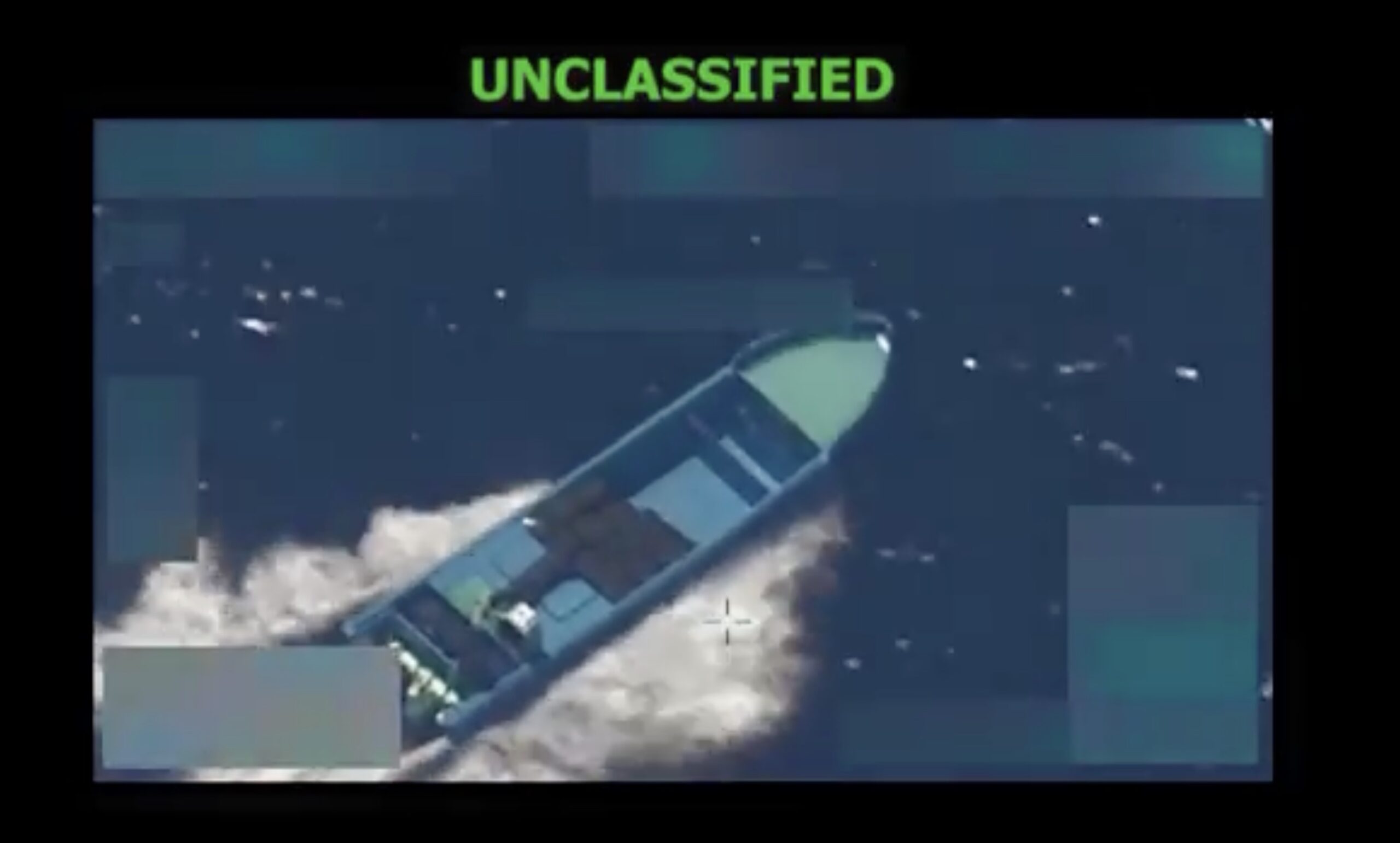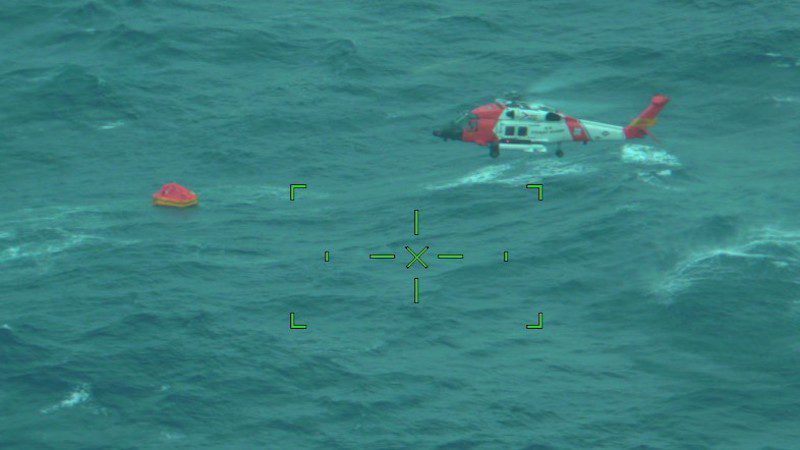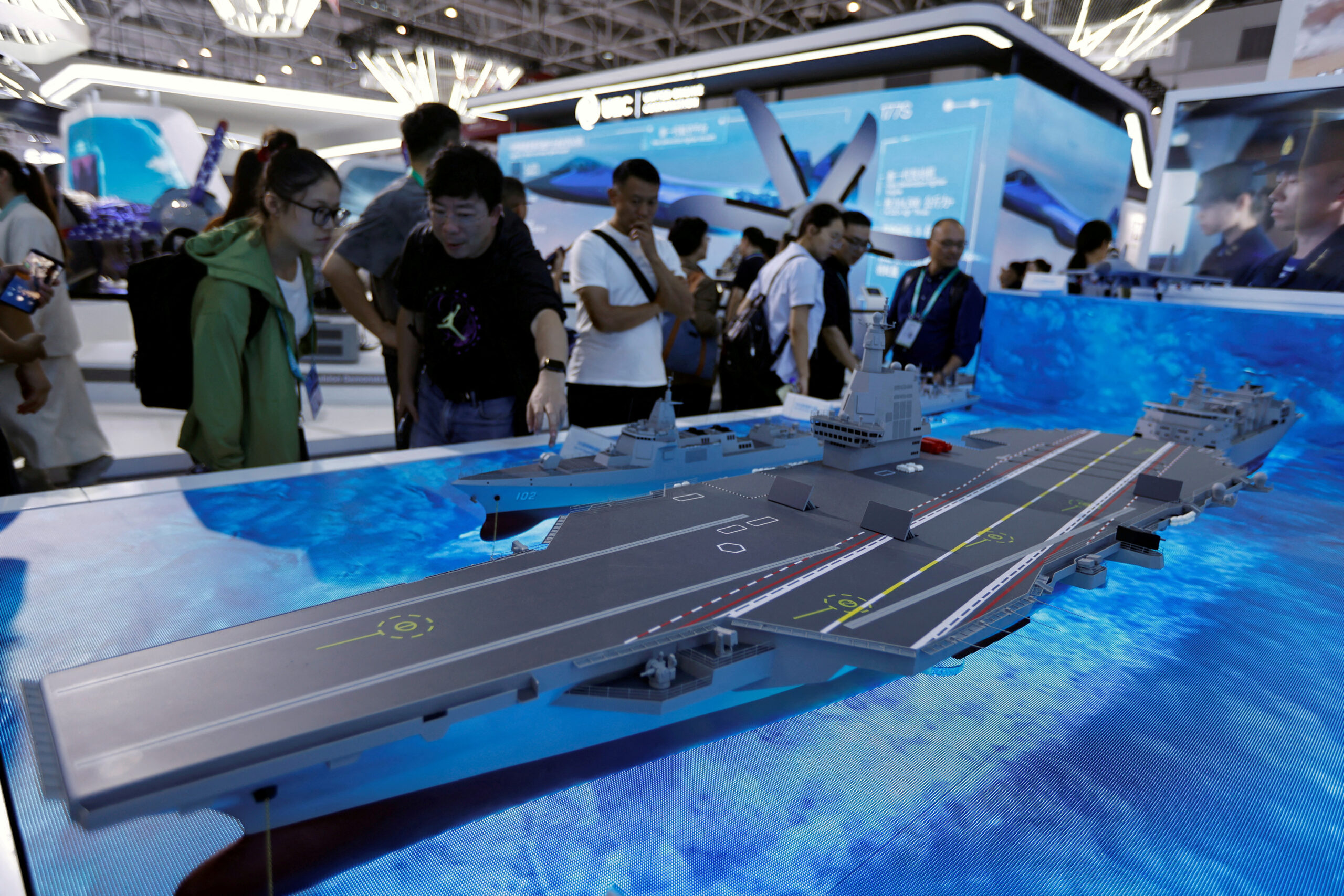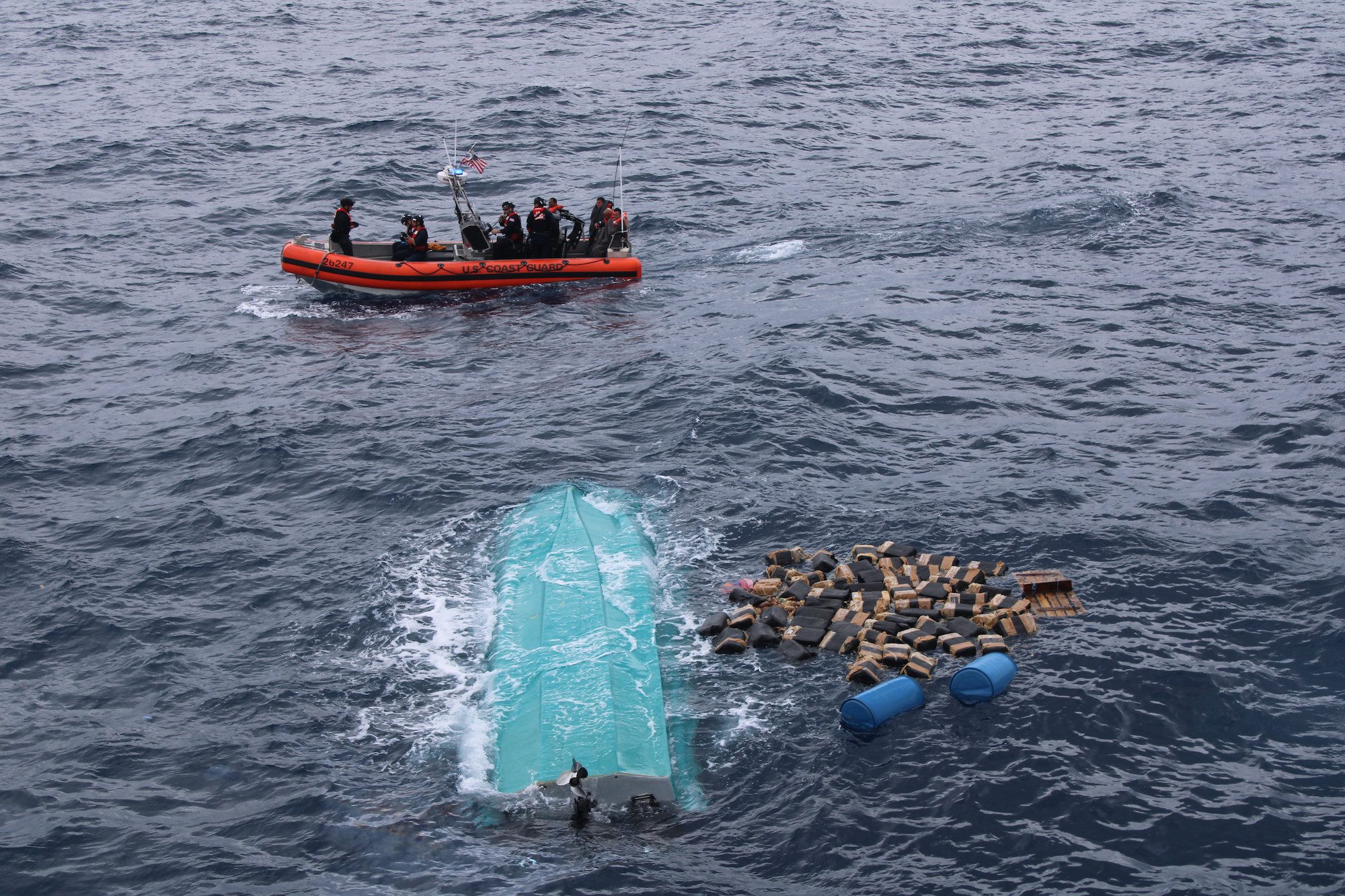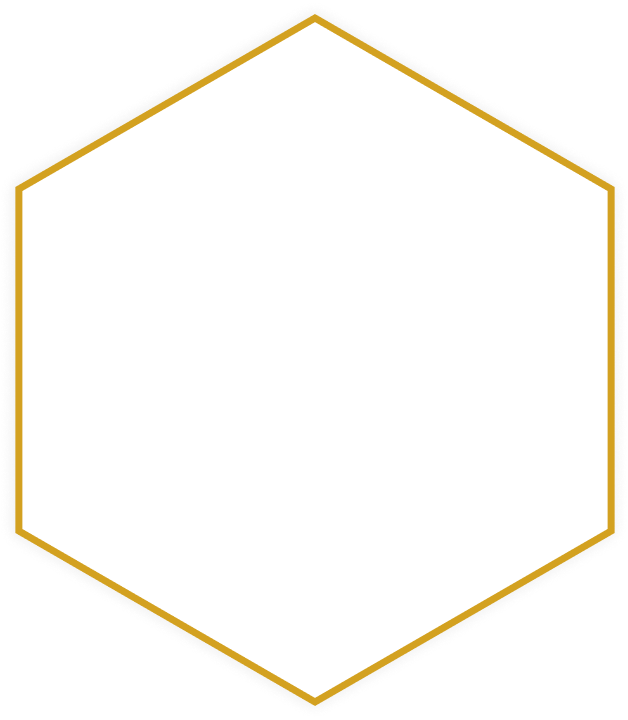The Trump administration has extended its controversial military campaign against suspected drug-trafficking vessels into the Eastern Pacific, marking a significant expansion beyond operations previously concentrated near Venezuelan waters.
Secretary of War Pete Hegseth announced that the Department of War conducted two lethal strikes on a vessel in the Eastern Pacific at the direction of President Trump on Oct. 21 and Oct. 22.
“The vessel was known by our intelligence to be involved in illicit narcotics smuggling, was transiting along a known narco-trafficking transit route, and carrying narcotics,” Hegseth stated on X.
Two individuals described as “narco-terrorists” were killed in the Oct. 21 strike, which was conducted in international waters. Another three were killed in a second strike on Oct. 22.
The operations represent a parallel track to traditional Coast Guard interdiction efforts in the region. On October 14, the U.S. Coast Guard announced it had seized more than 100,000 pounds of cocaine in the Eastern Pacific Ocean since launching Operation Pacific Viper in early August, averaging over 1,600 pounds interdicted daily. The seizures resulted from 34 interdictions and the apprehension of 86 individuals suspected of narco-trafficking.
Rear Adm. Jeffrey Novak, deputy commander of U.S. Coast Guard Pacific Area, called the results “a remarkable achievement,” adding that the Coast Guard is “scouring drug smuggling routes in the Eastern Pacific and dismantling narco-terrorist networks.”
The administration has conducted at least seven similar military strikes since early September that have killed more than two dozen alleged smugglers. An October 17 strike killed three individuals aboard a vessel affiliated with Ejército de Liberación Nacional (ELN), a designated terrorist organization. On October 18, President Trump announced the destruction of a submarine carrying narcotics, in which two individuals were killed and two surviving suspects were returned to Ecuador and Colombia for prosecution.
The administration has formally determined that the United States is engaged in a “non-international armed conflict” with drug cartels, according to documentation provided to Congress. Hegseth has defended the approach by comparing cartels to Al Qaeda: “These cartels are the Al Qaeda of the Western Hemisphere, using violence, murder and terrorism to impose their will, threaten our national security and poison our people.”
Legal experts have questioned the administration’s use of military force rather than traditional maritime law enforcement. Critics also question why non-lethal methods are not attempted before resorting to deadly force.
President Trump has dismissed traditional Coast Guard interdiction methods as “totally ineffective.”
Coast Guard interdiction operations in the Eastern Pacific are performed under the authority of the Coast Guard’s Southwest District, headquartered in Alameda, California. The Coast Guard serves as the United States’ lead federal agency for maritime drug interdiction. Detection and monitoring is coordinated through U.S. Southern Command’s Joint Interagency Task Force-South in Key West, Florida, with control shifting to the Coast Guard once interdiction becomes imminent.

 Join The Club
Join The Club



